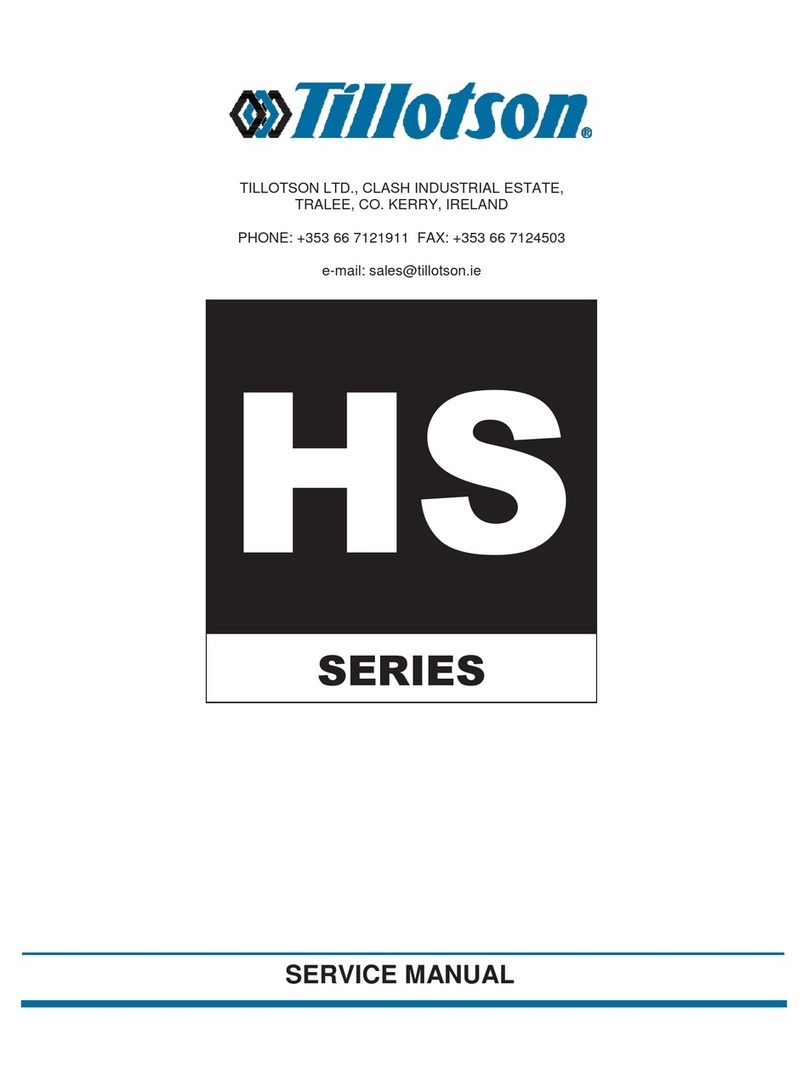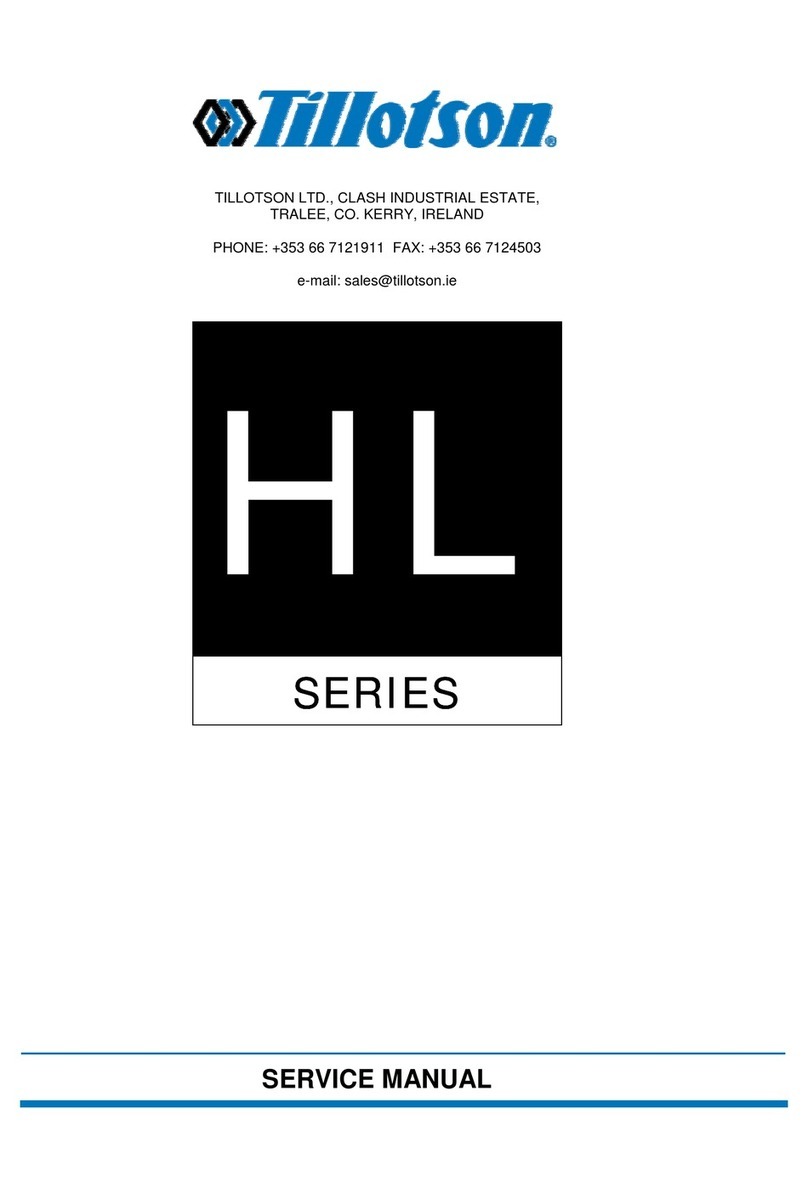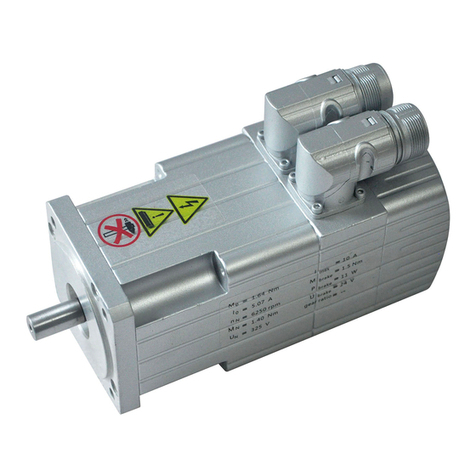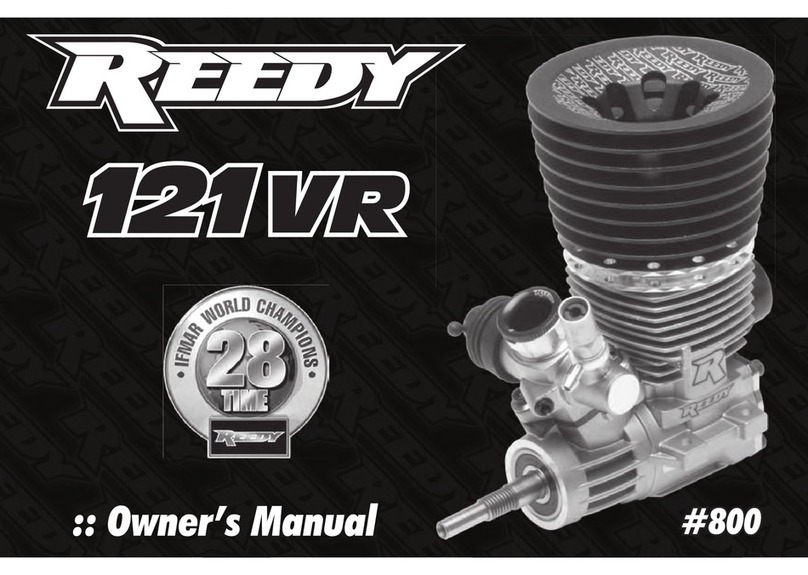TILLOTSON HU Series User manual

SERVICE MANUAL
TILLOTSON LTD., CLASH INDUSTRIAL ESTATE,
TRALEE, CO. KERRY, IRELAND
PHONE: +353 66 7121911 FAX: +353 66 7124503
e-mail: sales@tillotson.ie

2
INTRODUCTION
To keep apace of new market demands Tillotson has designed and developed a new miniature all-
position diaphragm carburetor, the HU series. This versatile unit is lightweight and compact, only a 1-1/8
“ cube, but it still comprises a self-contained fuel pump and filtering screen
HU SCHEMATIC
1. Filtering Screen
2. Venturi
3. Fuel Chamber
4. Pulse Chamber
5. Fuel Pump Diaphragm
5A. Pump Diaphragm Inlet Valve
5B. Pump Diaphragm Outlet Valve
6. Fuel Pump Body
7. Fuel Pump Gasket
8. Fuel Inlet
9. Impulse Channel
10. Throttle Shutter
11A. Primary Idle Discharge Port
11B. Secondary Idle Discharge Port
12. Body
13. Idle Fuel Adjustment
14. Metering Chamber
15. Idle Fuel Adjustment Orifice
16. Diaphragm Cover
17. Metering Diaphragm
18. Atmospheric Chamber
19. Atmospheric Vent
20. Main Fuel Adjustment Orifice
21. Inlet Tension Spring
22. Fulcrum Pin
23. Diaphragm Gasket
24. Inlet Control Lever
25. Main Fuel Adjustment
26. Inlet Needle
27. Main Nozzle Discharge Port
28. Fuel Inlet Supply Channel

3
CONSTRUCTION DATA
The HU series carburetor is die-cast aluminium, consisting of three basic parts: metering body, pump cover plate
and main diaphragm cover plate. This carburetor incorporates many of the components found in float type
carburetors: throttle, idle and high speed mixture screws, idle speed screw and inlet needle.
High speed and idle mixture screws are spring friction type and require no packing. These mixture screws are
located on the right side looking toward air horn.
A rubber tipped needle seats directly on a machined orifice in the body casting. An inlet tension spring exerts a
pre-determined force on the inlet control lever, which holds the needle on its seat.
A metering diaphragm is subjected to engine suction on the metering chamber side and atmospheric pressure on
the vented side. Atmospheric pressure on the vented side pushes the diaphragm toward the inlet control lever,
opening the inlet needle to allow fuel to enter the metering chamber, from which it is then delivered into the mixing
passages.
The inlet control lever hooks on the inlet needle on some models and a self-tapping screw holds the fulcrum pin in
place.
Movement of the pump diaphragm is caused by pulsations from the engine, acting on it through an impulse
channel. This movement draws fuel into the fuel chamber and a reverse movement forces fuel out of the fuel
chamber through the inlet needle into the metering chamber.
An easily accessible fine mesh-filtering screen is located under the fuel pump cover and diaphragm.

4
STARTING CHOKE OPERATION
Starting an engine with the “HU” Carburetor involves the same methods that are used in a conventional float feed
carburetor
When starting a cold engine, place the shutter blade in the closed position and throttle shutter in a cracked or
open position. As the engine is cranked, engine suction will be transmitted to the diaphragm fuel chamber
through both primary and secondary idle discharge ports as well as the main fuel discharge port, creating a low-
pressure area on the fuel side of the main diaphragm. Atmospheric air pressure on the opposite side will force
the main diaphragm upward causing the diaphragm button to depress the inlet control lever, overcoming inlet
tension spring pressure, permitting fuel to enter through the inlet seat, then into the fuel chamber side of main
diaphragm, up through the idle and high speed fuel supply orifices and channels, and out the discharge ports to
the engine.
IDLING OPERATION
When engine is idling, throttle shutter is partially cracked. Engine suction is transmitted through the primary idle
fuel discharge port to the fuel chamber side
of main diaphragm via the idle fuel supply channel. Again, the main
diaphragm is forced upward by atmospheric pressure, depressing the inlet control lever overcoming inlet tension
spring pressure and permitting fuel to enter through inlet seat, and filling the fuel chamber. Fuel is then drawn up
through idle mixture screw orifice and delivered to the engine through primary idle discharge port.

5
INTERMEDIATE OPERATION
Fuel is delivered into and through the carburetor in the same manner as when the engine is idling. However, as
the throttle opens and engine speed increases, more fuel is supplied to the engine by valving in the secondary
idle discharge port located immediately behind the throttle shutter.
As the throttle shutter continues to open and engine speed increases, the velocity of air through the venturi
creates a low-pressure area at the venturi throat and diminishes the suction on engine side of the throttle shutter.
When the pressure at the venturi throat is less than existing within main diaphragm fuel chamber, fuel is drawn up
through high speed mixture orifice and out main fuel discharge port into air stream entering engine intake.
HIGH SPEED OPERATION
As the throttle shutter progressively opens from intermediate position to full open position, the air velocity through
the venturi increases and fuel is metered up through high speed mixture orifice and main fuel discharge port in
accordance with the power requirements of the engine. The action of the main diaphragm is the same as
previously described with suction required to operate the diaphragm being transmitted through the main fuel
discharge port.
SUPPLY FUEL
ATMOSPHERIC AIR
PUMP IMPULSE AIR
FUEL UNDER
VACUUM
FUEL UNDER PRESSURE

6
Before disassembling carburetor it is imperative to
flush it clean of sawdust and dirt by pouring gasoline
over it and tools.
1. Remove pump diaphragm cover screws and
cover.
2. Remove pump gasket and pump diaphragm.
3. Remove filtering screen.
4. Remove main diaphragm cover screws and
cover.
5. Remove main diaphragm and gasket.
6. Remove fulcrum pin screw, pin, control lever
7. Remove inlet needle
8. Remove idle and high speed mixture screws
and springs.
Commercial carburetor cleaner can be used on all
parts except diaphragms and gaskets. Before
reassembling, rinse all parts in clean gasoline and
blow off with compressed air. Do not use cloth, as
tiny particles of lint adhering to carburetor parts will
cause malfunction. Channels in the metering body
can be cleaned by blowing through idle and high-
speed mixture screw orifices. Do not use wires or
drills to clean orifices.
and spring.
Be certain both diaphragms are installed
correctly – the pump diaphragm next to the
metering body, then the gasket – the main
diaphragm gasket, then the main diaphragm.
Evenly tighten all screws to insure complete
seal.
When reassembling the inlet control lever and
spring, care should be taken to see that the spring
rests in the well of the metering body and locates on
the dimple of the inlet control lever (as illustrated
above). CAUTION: Do not stretch spring. Inlet
control lever is properly set when flush with the floor
of the diaphragm chamber. If diaphragm end of
control lever is low, pry up. If lever is high, depress
diaphragm end and push on needle for proper
adjustment. (See illustration). On some models the
inlet control lever is hooked to the inlet needle at
one end. Special care is required when
reassembling these parts to insure proper operation.
CAUTION:
Under extreme conditions of clogged idle fuel channel
and discharge ports, it may be necessary to remove the
channel welch plug. If so, it must be done very carefully
in the following manner:
1. Drill a 1/8” diameter hole through the 9/32” diameter
welch plug. This hole should just break through the
welch plug. Deeper drilling will seriously damage the
body casting and render the carburetor non-serviceable.
2. Carefully pry out the welch plug and clean discharge
ports and cross channels. To re-install, place welch plug
in well, convex side up, and flatten with a flat end tool
slightly larger than the welch plug.
3. A nozzle brass cup plug can be removed in the same
manner by using a 5/32” drill, or if you have a check ball
cage this should be pressed out and a new one pressed
in.
HOW TO DISASSEMBLE FOR CLEANING AND REPAIR
ADJUSTMENT INSTRUCTIONS
OPEN HIGH SPEED MIXTURE SCREW AND IDLE MIXTURE SCREW ONE (1) TURN.
SERVICE HINTS

7
Carburetor Floods
1. Dirt or foreign particles preventing inlet
needle from seating.
2. Diaphragm lever spring not seated on
lever dimple.
3. Diaphragm improperly installed in
carburetor.
Engine Will Not Accelerate.
1. Idle mixture too lean.
2. Incorrect setting on diaphragm lever.
3. Diaphragm cover plate loose.
4. Diaphragm gasket leaking.
5. Main fuel orifice plugged.
Engine Will Not Idle
1. Incorrect idle adjustment.
2. Idle discharge ports or channels clogged.
3. Diaphragm lever set incorrectly.
4. Throttle shutter cocked in the throttle bore
causing fast idle.
5. Dirty nozzle check valve or outlet screen.
6.
Welch plug covering the idle discharge
ports does not seal. This causes the
engine to idle with idle mixture screw shut
off.
Engine Runs Out Lean
1. Tank vent not operating correctly.
2.
Leak in fuel system from tank to pump
3.
Ruptured fuel pump diaphragm
.
4. Main fuel orifice plugged.
Carburetor Runs Rich with High Speed
Mixture Screw Shut Off
1. The 3/6” diameter nozzle cup plug, nozzle
check valve cage, is not sealing.
Remove, clean and replace.
Remove, lever and reinstall
Replace diaphragm or correct installation.
Readjust
Reset
Tighten
Replace
Remove diaphragm cover, diaphragm,
diaphragm lever and high speed mixture
screw. Clean out orifice by blowing through
high speed mixture screw threaded hole.
Reset to best idle.
Blow out with compressed air, or, if compressed air
is not available, clean and flush with gasoline.
Reset diaphragm lever so it is flush with the
floor of the diaphragm chamber.
Reset
Clean or replace
Replace welch plug, following instructions outlined
in service hints.
Clean, if possible, or replace
Tighten or replace fittings or line
Replace
Clean
Install new plug or new cage
TROUBLE SHOOTING
Set engine idling speed in accordance with engine manufacturer's recommendation.

8
Table of contents
Other TILLOTSON Engine manuals
Popular Engine manuals by other brands
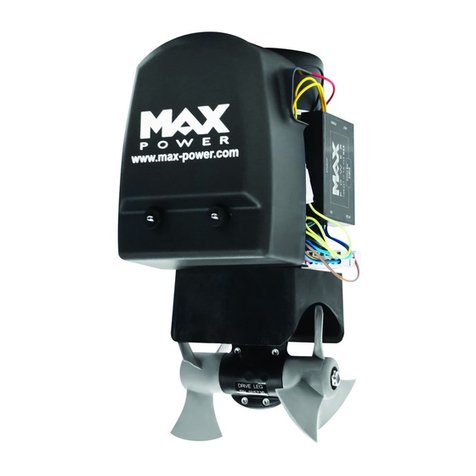
MaxPower
MaxPower CT35 Installation operation & maintenance

Oriental motor
Oriental motor PKP56 Series operating manual

Graco
Graco Premier 240176 instructions

Vexta
Vexta SMK Series operating manual

Perkins
Perkins 403C-11 Workshop manual
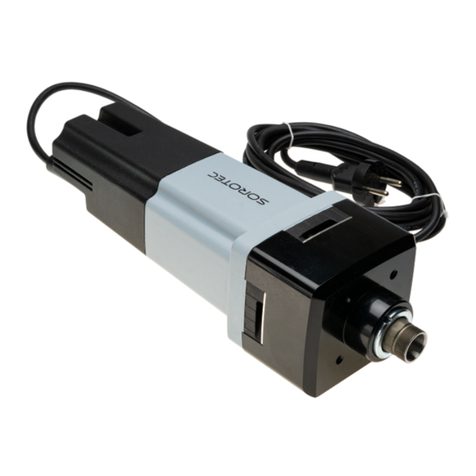
Sorotec
Sorotec SFM 1650 PV-LO Translation of the original operating instructions
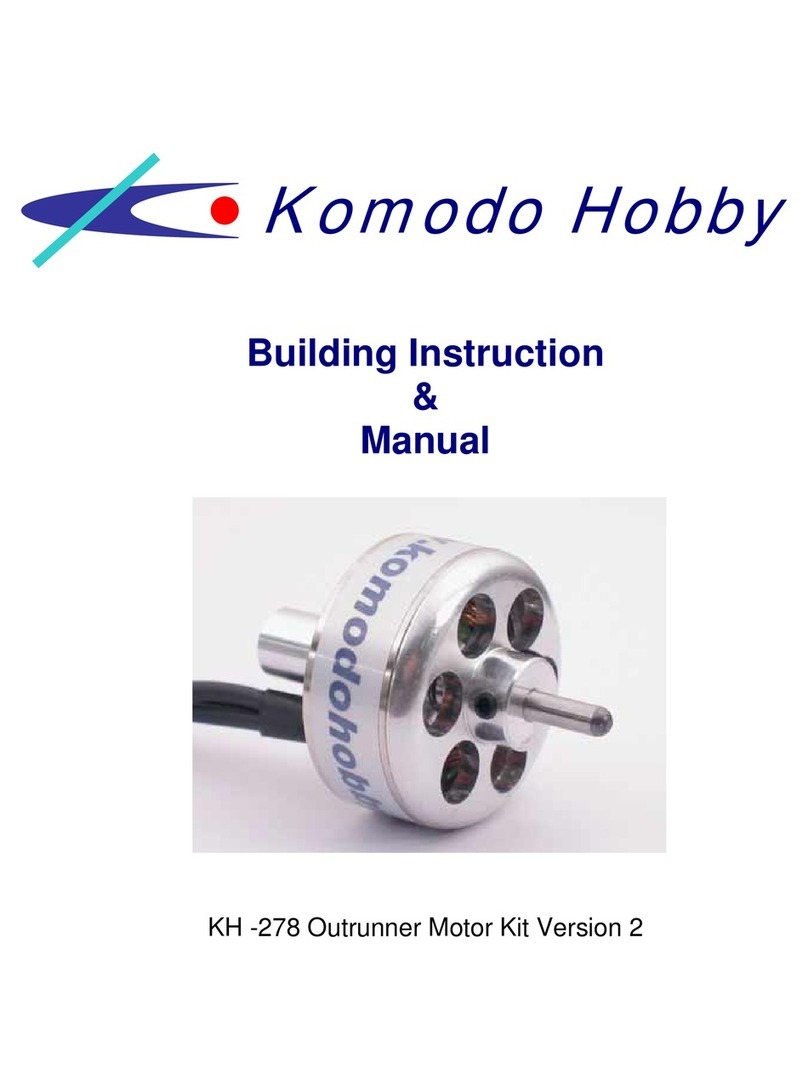
komodo
komodo KH-278 Building instruction manual
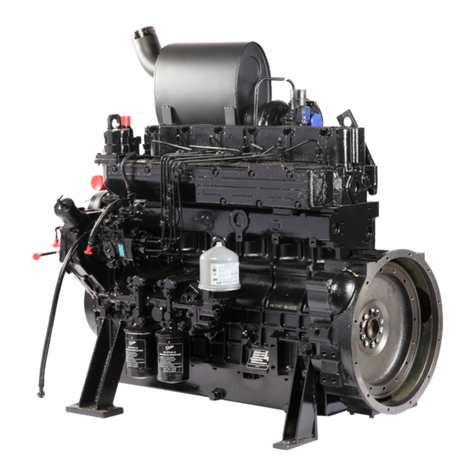
KIRLOSKAR
KIRLOSKAR R1040 Maintenance manual

Hägglunds
Hägglunds Compact CA Series Installation and maintenance manual

Skeleton Technologies
Skeleton Technologies SkelStart Installation guide and user's manual
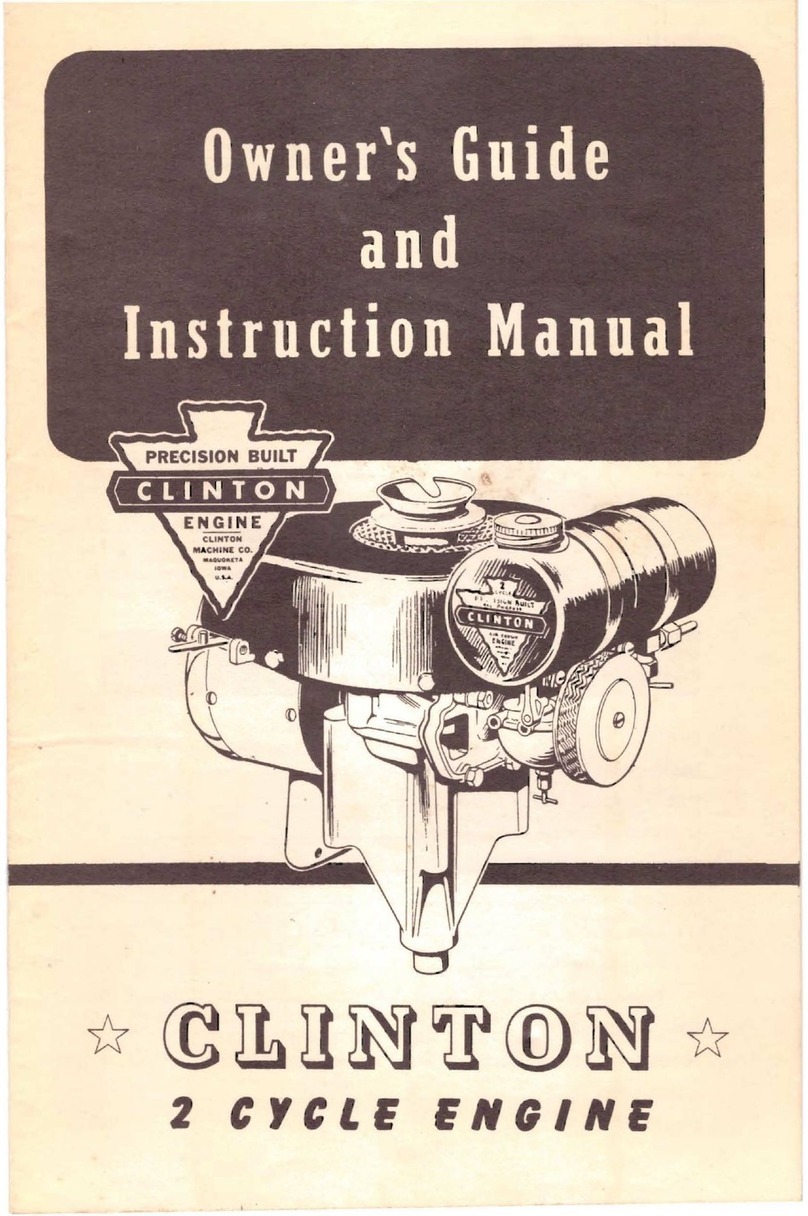
Clinton
Clinton 350 Series Owner's Guide and Instruction Manual
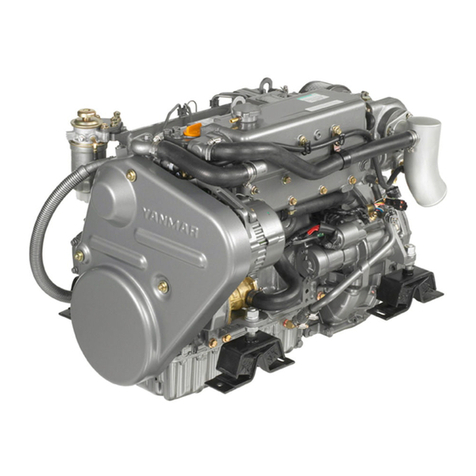
Yanmar
Yanmar 4JH4-TE Operation manual

